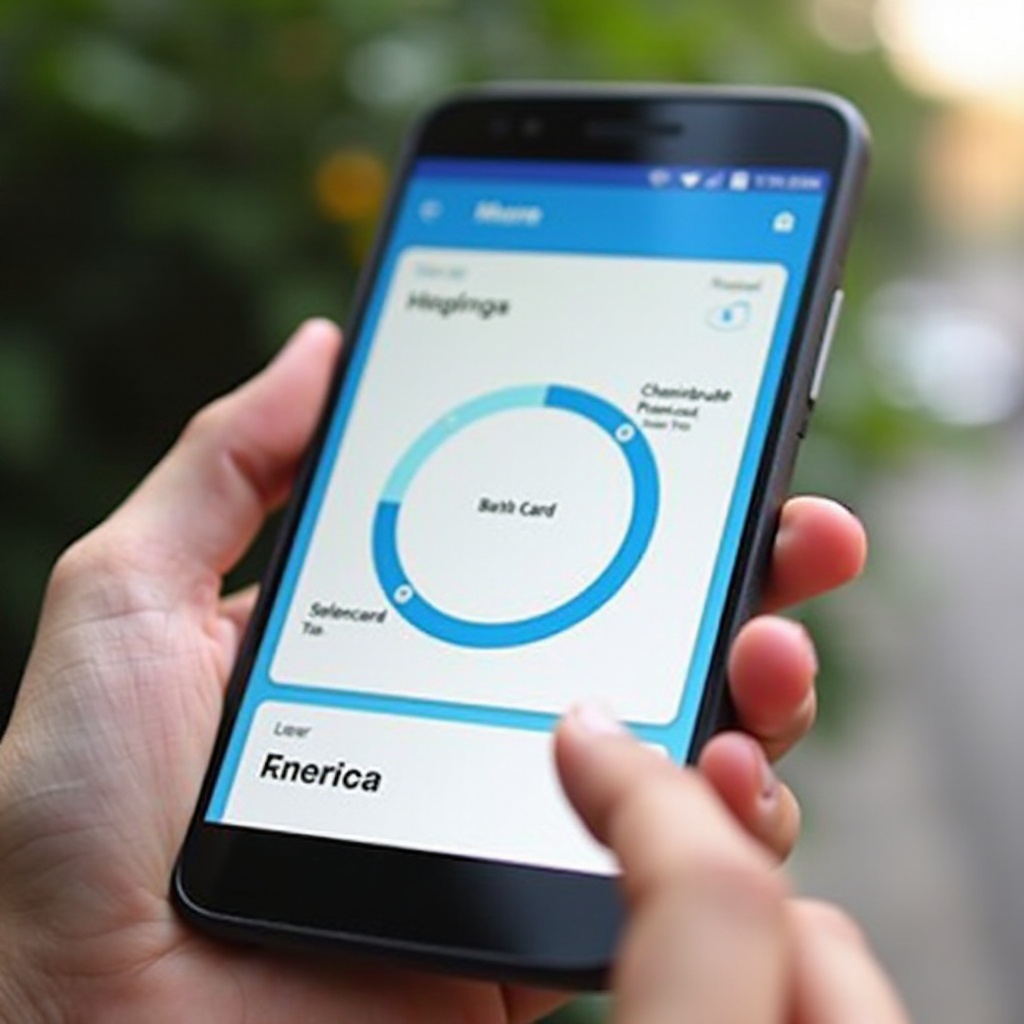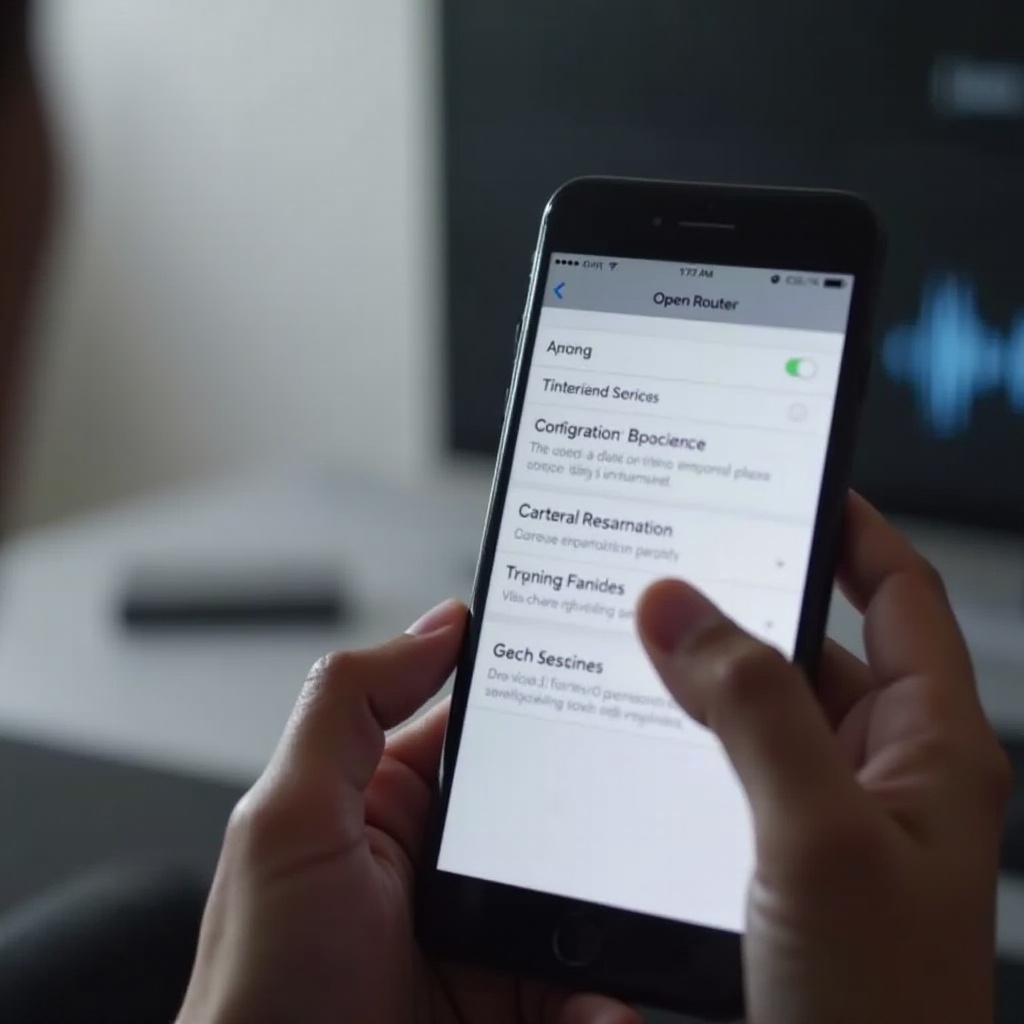
Introduction
Mastering the use of OpenRouter on a smartphone can greatly enhance your connectivity and overall network experience. This guide is designed to help you understand the basics of OpenRouter, why it’s beneficial, and how to install and configure it on your phone. Whether you are a novice or a tech enthusiast, by the end of this blog, you will have a thorough understanding of how to leverage OpenRouter to your advantage.
OpenRouter provides robust network management options, making it a popular choice for users seeking better control and performance. Leveraging this open-source router can significantly improve the reliability and security of your phone’s internet connection. So, let’s dive right into understanding what OpenRouter is and why you should consider using it on your phone.

What is OpenRouter?
OpenRouter is an open-source network management tool designed to give users enhanced control over their internet connectivity. Unlike traditional router firmware, OpenRouter offers more customizable features and better performance optimization. Its ability to operate on various hardware makes it a versatile option for both home and professional networks.
Developed and maintained by a community of networking experts, OpenRouter aims to provide a more secure and reliable internet experience. The tool allows users to manage bandwidth, set up VPNs, create guest networks, and monitor network traffic with a high degree of precision.
As an open-source product, OpenRouter benefits from continuous updates and enhancements driven by community feedback. This ensures that you always have access to the latest features and security patches, making your network both cutting-edge and secure.

Why Use OpenRouter on Your Phone?
Using OpenRouter on your phone can offer several advantages. Firstly, it can improve your phone’s connectivity speed and reduce latency, which is crucial for activities like streaming, gaming, or video conferencing. For individuals who rely heavily on stable and fast internet connections, OpenRouter proves to be a valuable asset.
Secondly, OpenRouter provides enhanced network control features. You can prioritize different types of traffic, set bandwidth limits, and even integrate advanced security policies to safeguard your device from cyber threats. These customizations can result in a more streamlined and secure browsing experience.
Moreover, for business users, OpenRouter enables secure remote access to your company network via VPNs. This can be particularly useful for accessing sensitive data remotely without compromising security. All these features make OpenRouter an excellent choice for anyone looking to maximize their phone’s network performance.
Prerequisites for Using OpenRouter
Before diving into the installation and configuration of OpenRouter, it’s important to ensure your phone meets certain prerequisites.
-
Compatible Hardware: Make sure your smartphone is compatible with OpenRouter. Most modern smartphones should support it, but it’s best to check the documentation.
-
Stable Internet Connection: Ensure you have a stable internet connection during the installation process to avoid interruptions.
-
Technical Know-How: While OpenRouter is user-friendly, having some basic knowledge of network configurations can be beneficial.
-
Backup: Always back up your phone’s data before making any significant changes to avoid data loss.
Having these prerequisites in place will ensure a smoother installation and configuration process, setting you up for a successful OpenRouter experience.
Step-by-Step Installation Guide
Setting up OpenRouter on your phone involves several steps. Follow these instructions for a seamless installation.
-
Download OpenRouter: Start by downloading the OpenRouter app from the official website or your phone’s app store.
-
Open the App: Once downloaded, open the app and follow the on-screen instructions.
-
Accept Permissions: You will be asked to grant various permissions. Accept these to proceed.
-
Configure Basic Settings: Basic settings include setting up your WiFi network, entering passwords, and choosing other initial configurations.
-
Reboot: After configuring the basic settings, restart your phone to apply the changes.
-
Final Adjustments: Open the OpenRouter app again and make any final adjustments to the settings based on your specific needs.
Successfully completing these steps will have OpenRouter up and running on your phone, providing you with improved network control and performance.
Basic Configuration of OpenRouter
Once OpenRouter is installed, the next step is to configure it to best suit your needs.
-
Network Name (SSID): Set a recognizable name for your network.
-
Password Protection: Ensure your network is password-protected to prevent unauthorized access.
-
Bandwidth Management: You can allocate specific bandwidth to different applications or devices to prioritize critical activities.
-
Guest Network: If required, set up a guest network that provides internet access without allowing guests to interact with your primary network.
-
Parental Controls: If you have children, enabling parental controls can help manage the type of content they access online.
These basic configurations will help optimize your network, making it faster and more secure.
Advanced Configuration Options
For users who want to take full advantage of OpenRouter, there are several advanced configuration options to consider.
-
VPN Setup: Configure a VPN to secure your internet connection and protect your data from prying eyes.
-
Firewall Rules: Set advanced firewall rules to block incoming and outgoing traffic based on your specific requirements.
-
QoS (Quality of Service): Quality of Service settings can prioritize certain types of network traffic, ensuring critical applications get the bandwidth they need.
-
Dynamic DNS: Configure Dynamic DNS to easily manage your home network while away.
-
Monitoring and Alerts: Set up network monitoring and alerts to keep track of unusual activities or potential threats in real-time.
These advanced configurations can further enhance your network’s performance and security, making OpenRouter an incredibly powerful tool.

Common Issues and Troubleshooting
While OpenRouter is generally reliable, you might encounter a few common issues. Here are some troubleshooting steps:
-
Connection Drops: If your connection drops frequently, check for firmware updates. An outdated version may cause connectivity issues.
-
Slow Speeds: Slow network speeds can be due to several factors including bandwidth overuse or signal interference. Adjust your Quality of Service settings to allocate bandwidth more effectively.
-
VPN Issues: If you face issues with VPN connectivity, ensure that all VPN settings are correctly configured and that your VPN service is active.
-
Unauthorized Access: Regularly update your passwords and check for any unfamiliar devices connected to your network.
These troubleshooting steps should resolve most issues you may encounter while using OpenRouter on your phone.
Conclusion
Using OpenRouter on your phone can significantly enhance your network performance and security. By following the steps and configurations outlined in this guide, you can set up and optimize OpenRouter to best meet your needs. Whether for personal use or professional requirements, OpenRouter offers a range of features that can transform your internet experience.
Frequently Asked Questions
Is OpenRouter compatible with all smartphones?
While OpenRouter supports most modern smartphones, it’s always best to check the official documentation for specific compatibility details.
How can I ensure the security of my OpenRouter connection?
Ensuring security involves regularly updating passwords, configuring firewall rules, and setting up a VPN. Always keep your OpenRouter firmware updated with the latest security patches.
What should I do if I encounter issues post-installation?
If you encounter issues after installation, refer to the troubleshooting section of this guide. Checking for firmware updates, adjusting settings, and rebooting your device often resolve common problems.
